Searching for a project charter from template to kickstart your project? You’ve found it. Project initiation is a crucial phase where the project charter is developed. A project charter clarifies your project’s objectives, scope, and stakeholders. Here, we provide free templates and a step-by-step guide to set you up for success.
Key Takeaways
- A project charter template serves as a strategic blueprint, defining a project’s purpose, scope, and key stakeholders to ensure aligned efforts towards common objectives.
- Using a project charter template promotes clear communication, stakeholder alignment, efficient resource allocation, comprehensive risk management, and effective project governance, which are crucial for project success.
- Key elements of a project charter include detailed project information, SMART objectives, defined scope, stakeholder roles, a project timeline, budget, success criteria, and documented assumptions and constraints.
Understanding the Project Charter Template
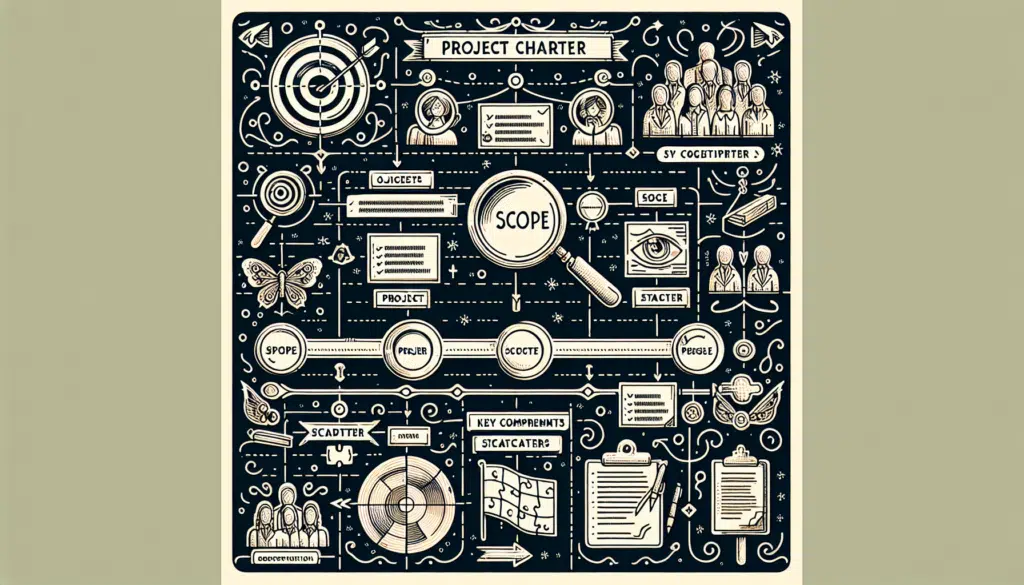
Imagine embarking on a journey without a map or a clear destination in mind—chaotic, right? This is when a project charter template can prove invaluable for project alignment. Think of it as the strategic blueprint that lays the groundwork for your project, ensuring every team member is moving in the same direction towards a common goal. It’s more than just a document; it’s the declaration of your project’s intentions, scope, and the roles that each stakeholder will play.
A well-crafted charter allows project managers to turn a vision into a viable plan, setting the stage for a symphony of synchronized efforts that lead to project success.
Definition and Purpose
At its core, a project charter template crystallizes the project’s purpose, knitting together the project goals with the broader company objectives. It also serves as a form of project authorization, ensuring that the project has the necessary approvals to proceed. It’s that golden ticket that gets stakeholders excited and on board, showcasing the project’s value and trajectory. By defining the project’s objectives and vision, the charter ensures that everyone—from the project manager to the team members—shares a common understanding of what success looks like.
Consider it your navigational tool in the oft-tumultuous waters of project management, helping your project journey from inception to completion without losing its way.
Key Components
So, what exactly constitutes an effective project charter? It starts with the project name and description, adding flavor with clear objectives and a generous scoop of project scope. But let’s not forget the key stakeholders—those who will cheer on your project from the sidelines or be directly involved in the action.
These elements combine to create a comprehensive project overview, paving the way for future project milestones and grounding the project in strategic vision and practical steps.
Benefits of Using a Project Charter Template
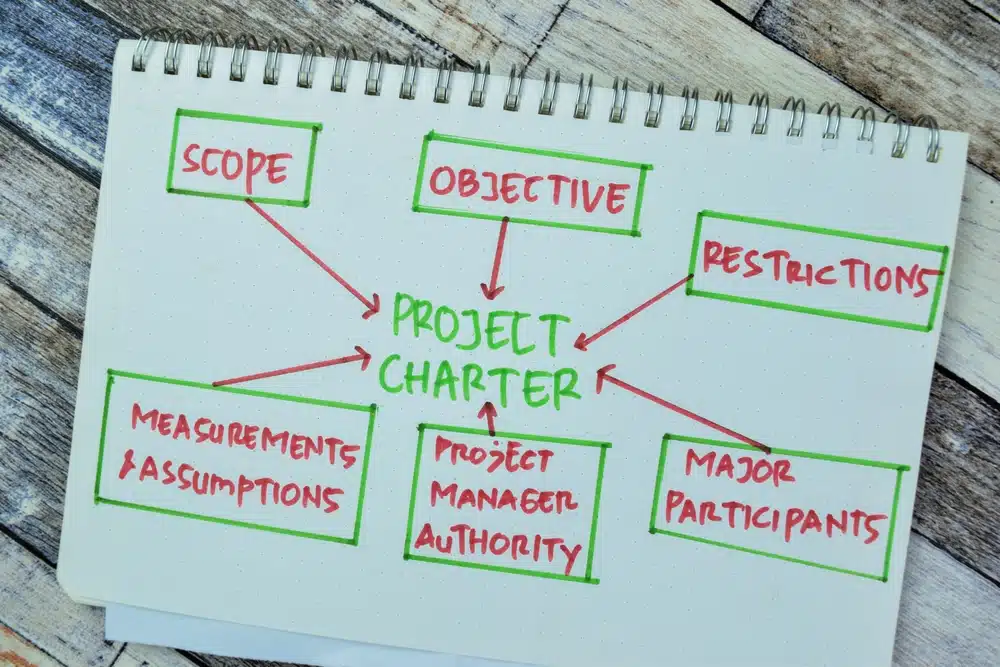
Harnessing the power of a project charter template is like having a Swiss Army knife in your project management toolkit—it’s versatile, reliable, and indispensable. Offering a structured framework, it simplifies the planning process, ensuring that no detail is overlooked. It also aids in project tracking, making sure every aspect is monitored and managed effectively.
From fostering crystal-clear communication to aligning the stars (aka stakeholders) and efficiently allocating resources, the charter template is your ally in mitigating risks and charting a course towards project success. It’s the unsung hero that transforms complexity into simplicity, ensuring every project detail is accounted for and understood.
Clear Communication
Why risk misunderstandings when a project charter template can ensure clear communication? It’s the linchpin that centralizes project goals and objectives, ensuring all team members are not just on the same page but the same sentence. By promoting transparency and shared understanding, it paves the way for seamless collaboration and crisp exchanges of ideas.
Allowing team members to easily access and contribute to the project’s narrative fosters a culture of transparency and inclusivity, driving the project forward. Comprehensive project documentation further supports this by providing a clear and accessible record of all project details.
Stakeholder Alignment
Every project manager aspires for stakeholder engagement and alignment, and a project charter plays a pivotal role in achieving this harmony. By involving all stakeholders in the planning process, the charter aligns their expectations with the project’s crescendo—the ultimate goals.
This symphony of aligned interests ensures that everyone is invested in the project’s success, fostering a sense of shared ownership and accountability that resonates throughout the project’s duration.
Resource Allocation
Efficient resource management and allocation form the backbone of any project, and the project charter template plays the role of architect in this process. By meticulously defining the resources needed, it ensures that the project’s foundation is built on solid ground. The charter outlines everything from labor to materials, creating a budgetary blueprint that guides the allocation of these precious resources.
Acting as a guardrail, it prevents your project from veering off track into wasted time and money while enabling you to foresee and prepare for potential project risks on the horizon.
Risk Management
Risk assessment is less about avoiding risks and more about acknowledging and preparing for them. The project charter is your lookout, scanning the horizon for potential pitfalls and plotting a course to navigate them safely. By documenting anticipated risks and their mitigation strategies, the charter becomes your project’s shield, arming you against the unforeseen challenges that lurk in the depths of project execution.
It’s the strategic foresight that empowers you to manage expectations proactively and maintain a steady helm towards project success.
Elements of a Successful Project Charter
What key elements go into creating a successful project charter within a solid project framework? It’s the alchemy of:
- well-defined project details
- laser-focused objectives
- comprehensive scope
- an ensemble of committed team members and stakeholders
- a meticulously crafted timeline
- a well-balanced budget
- crystal-clear success criteria
- a sprinkle of documented assumptions and constraints
You have the elixir for a successful project charter, ready to transform project planning into an art form.
Project Details
The devil is in the details, and in the case of a project charter, these details are the angels that guide you to success. Starting with a descriptive title that encapsulates the essence of your project, the charter should unfold like a story, with a compelling project summary that captures the problems it will solve and the heights it will reach.
Every revision date, every project manager’s name, and every nuance of the project’s challenges and solutions should be etched into the charter, providing a snapshot of the project’s soul for all team members to see and understand.
Project Objectives
Project objectives act as your guiding stars, setting benchmarks to track your progress. Within your project charter, these objectives should be crafted as S.M.A.R.T. goals—specific, measurable, achievable, relevant, and time-bound. They are the checkpoints along your project’s journey, defining the milestones and success criteria that will herald your project’s triumphant completion.
By setting these objectives with precision and care, you chart a course that is clear and navigable, ensuring each team member knows the destination and the path to get there. Additionally, incorporating project metrics helps in quantifying progress and ensuring alignment with the set objectives.
Project Scope
The project scope definition, a key aspect of scope management, defines the boundaries of your project territory, safeguarding against the dreaded scope creep. It’s the charter’s duty to declare what lies within the castle walls (in scope) and what roams the lands beyond (out-of-scope).
By delineating these boundaries, the charter protects against the chaos of overreaching goals and ensures that the project stays true to its vision, focusing on the deliverables that matter most.
Project Team & Stakeholders
A project is only as strong as its knights, and the project team and stakeholders are the valiant ones who bear the banners of your project’s mission. The charter should list these champions, defining their roles and responsibilities with the clarity of a royal decree.
From the project sponsor to the humblest team member, each person’s part in the quest should be documented, fostering collaboration and eliminating the fog of confusion that can cloud the path to victory. Clearly outlining stakeholder roles ensures everyone understands their contributions and expectations.
Project Timeline
Just as time moves relentlessly forward, a project timeline serves as a bridge over the flowing river of time, encompassing various project phases. Within your project charter, the timeline should highlight key milestones and significant project stages, marking the rhythm of your project’s heartbeat. It’s a visual symphony played out on Gantt charts, a narrative of deadlines and deliverables that ensures every note is struck at the right moment, harmonizing the project’s pace with the tick-tock of the clock.
Project Budget

Budget planning is crucial as the project budget serves as a treasure chest, providing the resources necessary for your project’s survival. A successful project charter doesn’t shy away from the numbers; it embraces them, outlining the estimated costs and resource allocation with the precision of an accountant’s pen. It’s the financial compass that guides spending decisions, ensuring that every coin spent advances the project towards its golden goals. This detailed financial plan acts as a budgetary blueprint, ensuring all expenditures align with the project’s objectives.
Success Criteria
Success isn’t a nebulous concept; instead, it’s a fortress built on a solid foundation of clearly defined performance indicators. Within the project charter, these criteria are the flags that mark the conquest of objectives, from on-time delivery to staying within budget and achieving the project’s overarching goals. They are the quantifiable victories that, when achieved, signal to all that the project has not just survived but thrived and flourished.
Assumptions & Constraints
Project assumptions and constraints, along with risk mitigation strategies, act as predictions and rules within the scope of your project. Documenting these in your project charter is akin to setting the rules of engagement, outlining the expectations and boundaries that will govern the project’s journey. It’s about managing expectations, ensuring that team members and stakeholders alike understand the conditions under which the project will unfold, and preparing for the challenges that fate may weave into the project’s tapestry.
Types of Project Charter Templates
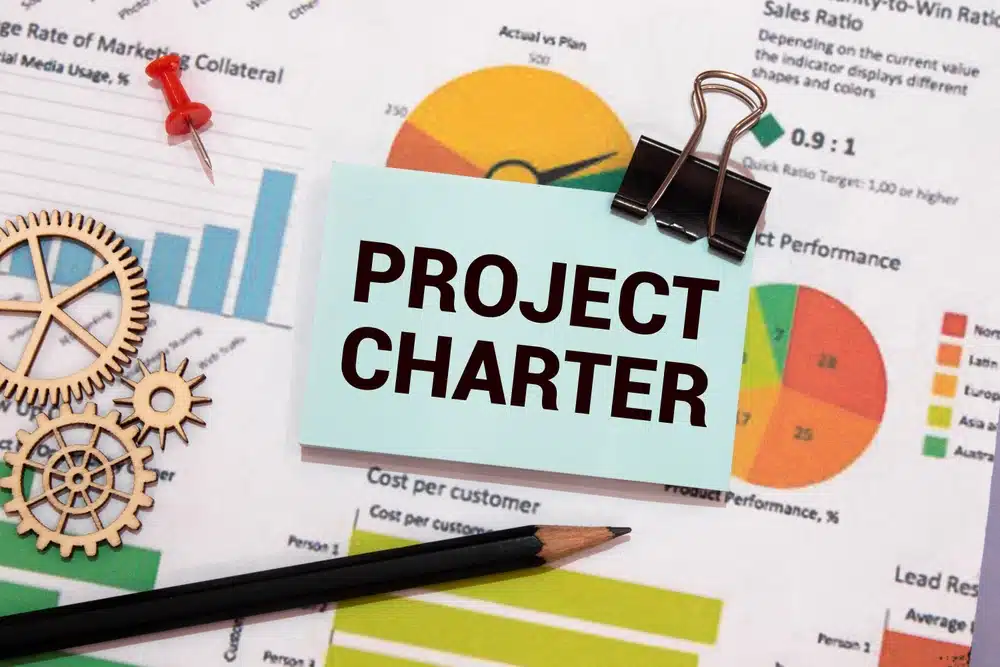
Project charter templates, like the diverse landscapes of a large continent, come in a variety of forms, each tailored to traverse the specific terrain of different project methodologies. From the swift agility of software development charters to the precision of Six Sigma templates and the robust frameworks of construction projects, these templates offer a customized approach to planning and execution.
Consider them the specialized equipment you need when undertaking projects across a myriad of industries, ensuring you’re well-prepared for any challenge.
Agile Project Charter Template
The Agile project charter template acts as a supportive force for iterative software projects. Agile by nature, it’s designed to embrace change, promoting flexibility and continuous improvement through an iterative process throughout the project’s life cycle. It’s a beacon for teams navigating the ever-changing seas of software development, ensuring that each sprint is a step towards innovation and excellence.
Six Sigma Project Charter Template
The Six Sigma project charter template excels in efficiency, a tool honed to perfection to minimize waste and amplify quality. It’s the north star for projects aimed at process optimization, reducing costs, and establishing a position of competitive strength.
By incorporating Six Sigma methodologies, this template becomes a catalyst for transformation, driving projects to achieve the pinnacle of operational excellence.
Construction Project Charter Template
The construction project charter template serves as a blueprint to build dreams from scratch. Customizable and comprehensive, it lays out the framework for projects that shape the skyline, encompassing everything from project features and scope to schedule and costs.
It’s the sturdy foundation upon which construction projects are built, ensuring that every beam and bolt contributes to the edifice of success.
How to Create a Project Charter

Creating a project charter is akin to an art form, demanding meticulous attention to detail and strategic thinking. It’s about painting the big picture while also attending to the fine brushstrokes that define the project’s purpose, scope, and team dynamics.
From the initial spark of an idea to the final touches that define project parameters, creating a project charter is a step-by-step journey that brings your project vision to life throughout the project lifecycle.
For the ease of all of you, PMtech Digital Solutions has devised the project charter template. Use this template as per the instructions explained in the below sections.
Define the Project Purpose
A project without a purpose can be compared to a rudderless ship, aimlessly adrift on the open sea. To set your project on a course to success, begin by etching the ‘why’ into your project charter, capturing the essence of the project’s objectives and its significance in the grand scheme of your business objectives. Utilize the SMART criteria to refine your project’s purpose—articulating goals that are:
- Specific
- Measurable
- Achievable
- Relevant to your company’s mission
- Timeline (constrained by a realistic timeline)
This is the beacon that will guide your project through turbulent waters and lead you to the shores of success.
Outline the Project Scope
Scope management is the map of your territory—it outlines where you’ll explore and where you’ll not set foot. In your project charter, clarify what’s in scope with the granularity of a cartographer detailing a new-found land. Equally important is to define what’s out of scope, setting those boundaries like a fortress wall to protect against the seepage of scope creep.
Specify the project deliverables with the clarity of a scribe, engraving into the charter the exact expectations, deliverables, and boundaries that will define the project’s journey.
Identify Project Team & Stakeholders
No quest is undertaken alone, and identifying your fellowship—the project team and project stakeholders—is a critical step in the creation of your project charter. These are the individuals and groups who will lend their expertise, make decisions, and influence the project’s direction. From internal departments to external partners, every role, from the project manager to the key stakeholders, must be clearly defined to forge a path of cooperation and shared vision.
It’s the harmony of roles and responsibilities that sets the stage for your project’s symphony. Conducting a thorough stakeholder analysis ensures that all interests are aligned and managed effectively.
Develop a Project Timeline
As the sands of time continue to fall, so must your project march forward with effective timeline management. In your project charter, illustrate this timeline with the finesse of an artist, marking out key milestones and significant stages with precision. Engage with your team to estimate task durations accurately and identify the critical milestones that will serve as progress markers.
Remember, a realistic timeline is not just a project schedule—it’s a commitment to the tempo of your project’s performance.

Set a Project Budget
The project budget, a crucial aspect of financial planning, serves as the lifeblood of your initiatives, dictating the resources you have available. When setting the budget within your project charter, approach it with the meticulousness of a treasurer. Detail the costs and identify the wellsprings of funding with an eye for both the big-ticket items and the minutiae that could affect your project’s financial health.
It’s not just about numbers; it’s about crafting a fiscal strategy that empowers you to navigate the project’s financial seas with confidence.
Document Risks & Assumptions
The foresight to anticipate challenges is a hallmark of great leadership, and documenting risks, assumptions, and risk mitigation strategies in your project charter is how you prepare your ship for stormy weather. Identify the potential risks—from resource shortages to technical hurdles—and chart out strategies to navigate them.
Assumptions act as the lighthouse, guiding expectations and dependencies that underpin your project strategy. Regularly revisiting these risks and assumptions ensures that your project adapts and remains resilient against the tides of change.
Tools & Resources for Project Charters
In the pursuit of project success, the correct tools can be as beneficial as a wizard’s magic. Modern project charters are not created in isolation; they are crafted using collaborative platforms and dynamic and intelligent systems. From online collaborative software to the interactive dashboards of Jira and the workflow automation of Smartsheet, these tools are the allies that empower project managers to plan, track, and report with greater ease and accuracy.
Asana’s integration capabilities, Workfront’s Gantt charts, and Monday.com’s automation features are the enchantments that keep your project charter not only relevant but revolutionary.
Confluence
Confluence acts as a hub for knowledge sharing, where project knowledge is shared freely, providing team members with essential information. It’s a platform where project progress is transparent, and collaborative editing is the norm, fostering a culture where feedback and real-time updates are woven into the fabric of the project.
By centralizing documentation, Confluence ensures that every stakeholder, from the project manager to team members, stays aligned, informed, and engaged throughout the project’s lifespan.
Smartsheet
Smartsheet provides a platform for project managers to detail the complexities of their project’s charter. With its customizable templates and tools, task management becomes a breeze as you create, assign, and track each step with precision, ensuring that deadlines are met, and resources are allocated effectively.
It’s a versatile platform that adapts to the unique rhythms of any project. It’s the orchestrator of efficiency, enabling project managers to oversee the symphony of tasks that compose their project’s masterpiece.
ClickUp
ClickUp provides a haven for customizing project charters, with customizable templates that suit your project’s unique needs. Whether it’s outlining strategic objectives with the Program Charter Template or tracking deliverables with the Project Tracker Template, ClickUp provides the tools to monitor and manage with finesse.
The Alignment Chart Template aligns project initiatives with business goals, ensuring a cohesive approach that resonates with strategic intent. And with mind maps that turn abstract ideas into visual narratives, ClickUp is the spellbook for project managers who conjure success from the ether of ideas.
Summary
We’ve journeyed through the realm of project charters, exploring the strategic blueprints that guide projects from whispers of ideas to echoes of success. We’ve armed ourselves with templates tailored to the unique challenges of different methodologies and wielded the tools that make the creation and management of project charters not just possible but powerful. As we draw this exploration to a close, let the insights gleaned here be the wind in your sails, the compass in your hand, and the treasure map that leads you to project success.
Frequently Asked Questions
What exactly is a project charter?
A project charter is a formal document that outlines the purpose, objectives, scope, team, timeline, budget, and key stakeholders of a project, providing a clear direction and framework for the entire project lifecycle.
Why is stakeholder alignment important in a project charter?
Stakeholder alignment in a project charter is important because it ensures a common understanding of goals, expectations, and responsibilities, which helps prevent conflicts and fosters accountability, ultimately contributing to project success.
How does a project charter help in risk management?
A project charter helps in risk management by identifying potential risks early and documenting mitigation strategies, leading to better control over the project’s outcome and minimizing the impact of unforeseen events.
Can project charters be adapted for any type of project?
Yes, project charters can be customized for different project types, including Agile, Six Sigma, and construction projects. Various templates are available to meet these diverse needs.
Are there any recommended tools for creating and managing project charters?
Yes, Confluence, Smartsheet, and ClickUp are recommended tools for creating and managing project charters. Each offers unique features for collaborative documentation, task management, and customizable templates and project tracking.




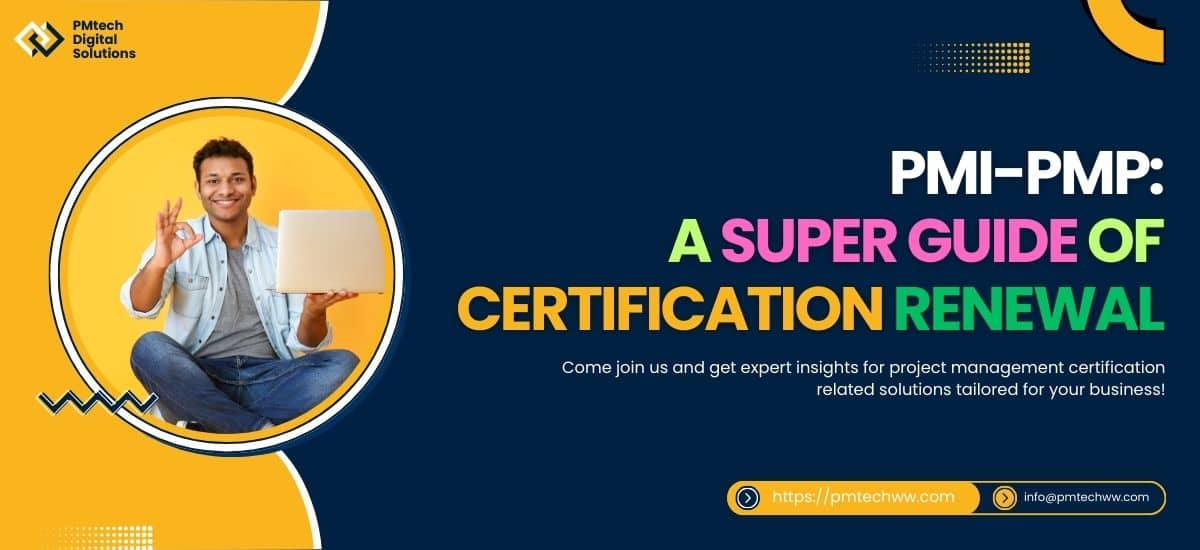

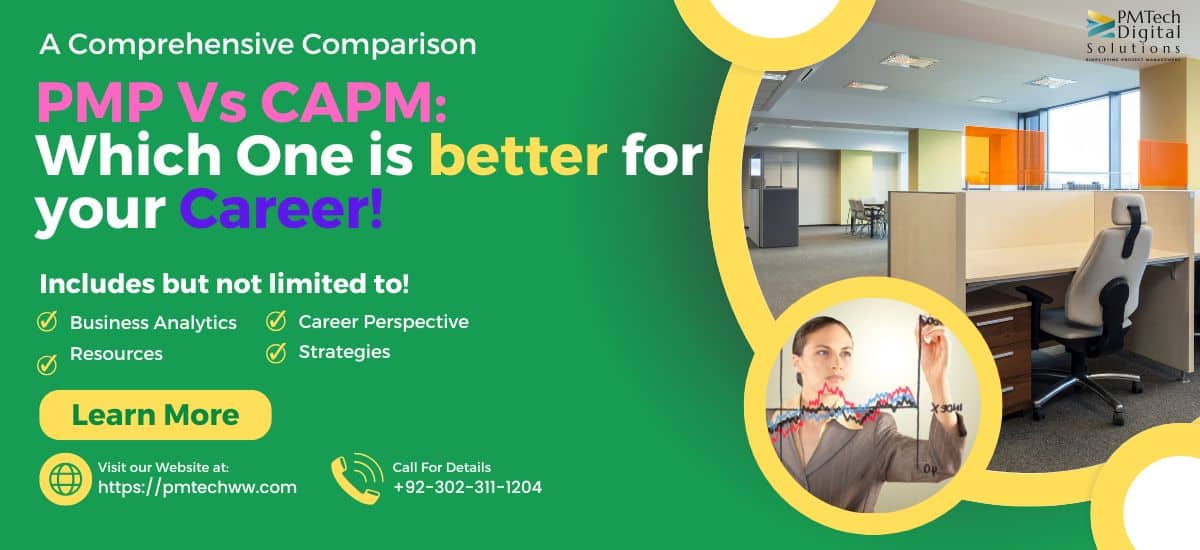
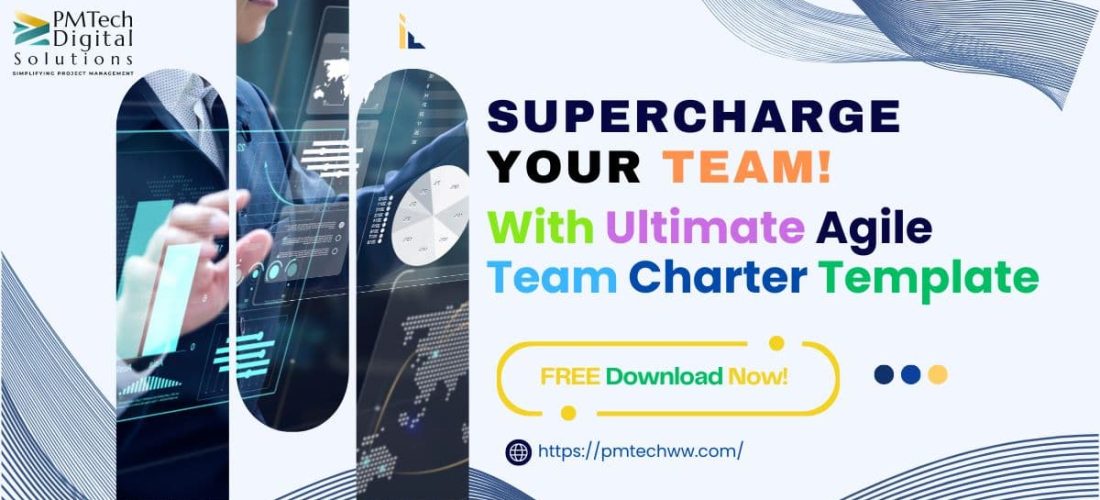









17 Responses
Your article helped me a lot, is there any more related content? Thanks!
Your article helped me a lot, is there any more related content? Thanks!
Your point of view caught my eye and was very interesting. Thanks. I have a question for you.
Your point of view caught my eye and was very interesting. Thanks. I have a question for you.
Your point of view caught my eye and was very interesting. Thanks. I have a question for you.
Thank you, your article surprised me, there is such an excellent point of view. Thank you for sharing, I learned a lot.
Thanks for sharing. I read many of your blog posts, cool, your blog is very good.
Your point of view caught my eye and was very interesting. Thanks. I have a question for you. https://www.binance.info/en/register?ref=JHQQKNKN
Your article helped me a lot, is there any more related content? Thanks! https://www.binance.com/fr-AF/register?ref=JHQQKNKN
Thank you for your sharing. I am worried that I lack creative ideas. It is your article that makes me full of hope. Thank you. But, I have a question, can you help me?
I don’t think the title of your article matches the content lol. Just kidding, mainly because I had some doubts after reading the article.
Thank you for your sharing. I am worried that I lack creative ideas. It is your article that makes me full of hope. Thank you. But, I have a question, can you help me?
I don’t think the title of your article matches the content lol. Just kidding, mainly because I had some doubts after reading the article.
Your point of view caught my eye and was very interesting. Thanks. I have a question for you.
Can you be more specific about the content of your article? After reading it, I still have some doubts. Hope you can help me.
Feeling like a VIP? Dreamjilivip seems to cater to that. Higher stakes, better bonuses, the whole shebang. If you’re looking for that premium experience, this might be up your alley. Check it: dreamjilivip